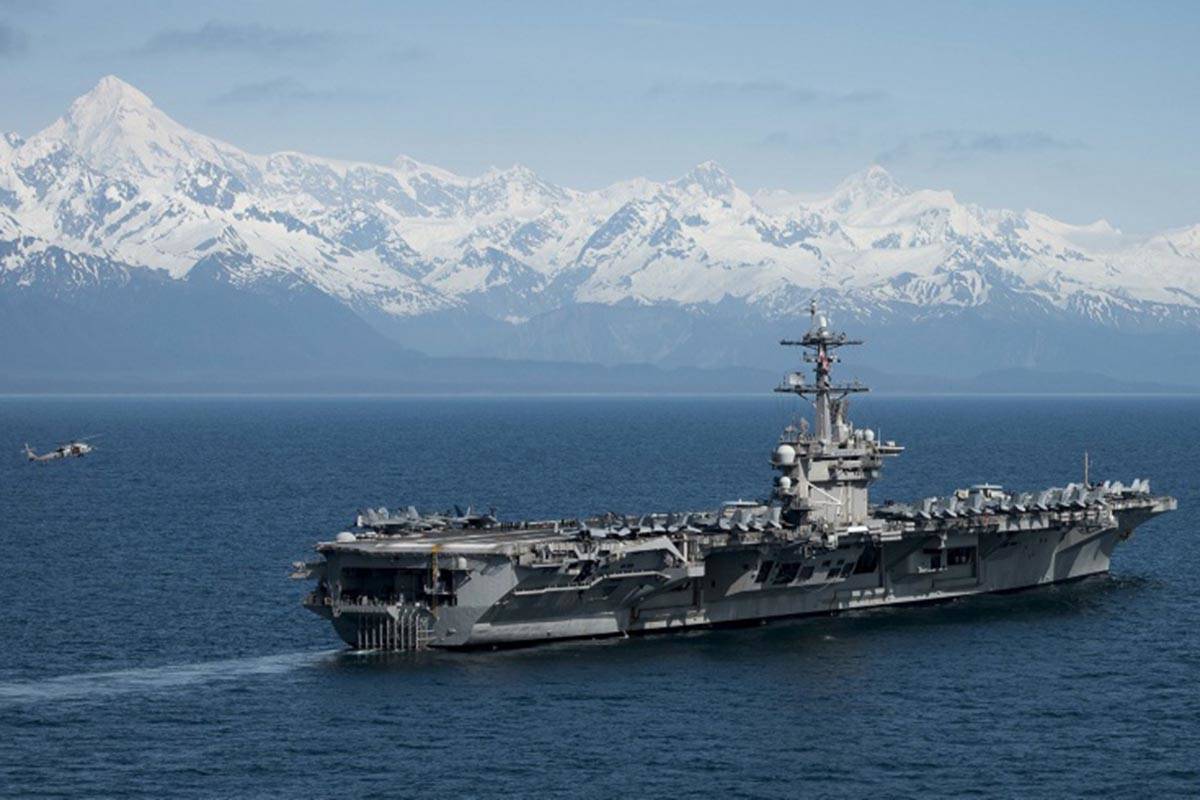Several lawmakers have sponsored a new bill in the Senate Armed Services Committee intended to galvanize planning by the Department of Defense for naval operations in the Arctic.
The Arctic Naval Focus Act of 2019, introduced by Sens. Lisa Murkowski and Dan Sullivan, R-Alaska, in concert with Sen. Angus King, I-Maine, is intended to jumpstart planning for operations in the rapidly changing Arctic environment, which is lagging behind those of Russia and China, according to a press release from Murkowski’s office.
U.S. naval forces have not kept abreast with the level of activity in the Arctic as new sea lanes and traffic ramps up, Sullivan said in a statement.
“Worse still, the military interest and investments being committed here by our adversaries, Russia and China, have been met for many years with tepid statements and inaction by the Pentagon,” Sullivan wrote. “Our new legislation will change this dynamic, directing the Defense Department to make serious assessments of our interests and capabilities in the Arctic, and to put forward detailed plans to preserve the safe flow of commerce, protect the pristine natural environment, and secure America’s sovereignty.”
[Gov says warming Arctic could be good for Alaska]
The act doesn’t commit any forces to the region, but instead requires that the DOD collate its findings on the strategic importance of the region, declare that it’s the United State’s policy to deploy naval forces to meet new challenges in the Arctic, and develop a plan within a year for long term, logistically and strategically supported Arctic naval operations.
This comes not long after a visit to Alaska this autumn by Coast Guard Commandant Adm. Karl Schultz and the largest Navy-Marine exercise in the region in years, the Arctic Expeditionary Capabilities Exercise, involving more than 3,000 Marines and sailors.
The operation occurred mainly around Adak and Kodiak, which are ice-free year-round. During the exercise, Navy Rear Adm. Cedric Pringle, commander of Expeditionary Strike Group 3 said that for the Navy to operate any further north, they’ll need organic icebreaker support. The Navy does not have that capability right now, though the hulls for the Coast Guard’s new Polar Security Cutters, designed to operate in the high Arctic are scheduled to begin construction in 2021.
If the Senate votes the bill in, it will have to be voted on in the House of Representatives before going to the president, who would sign it into law.
• Contact reporter Michael S. Lockett at 757-621-1197 or mlockett@juneauempire.com.

